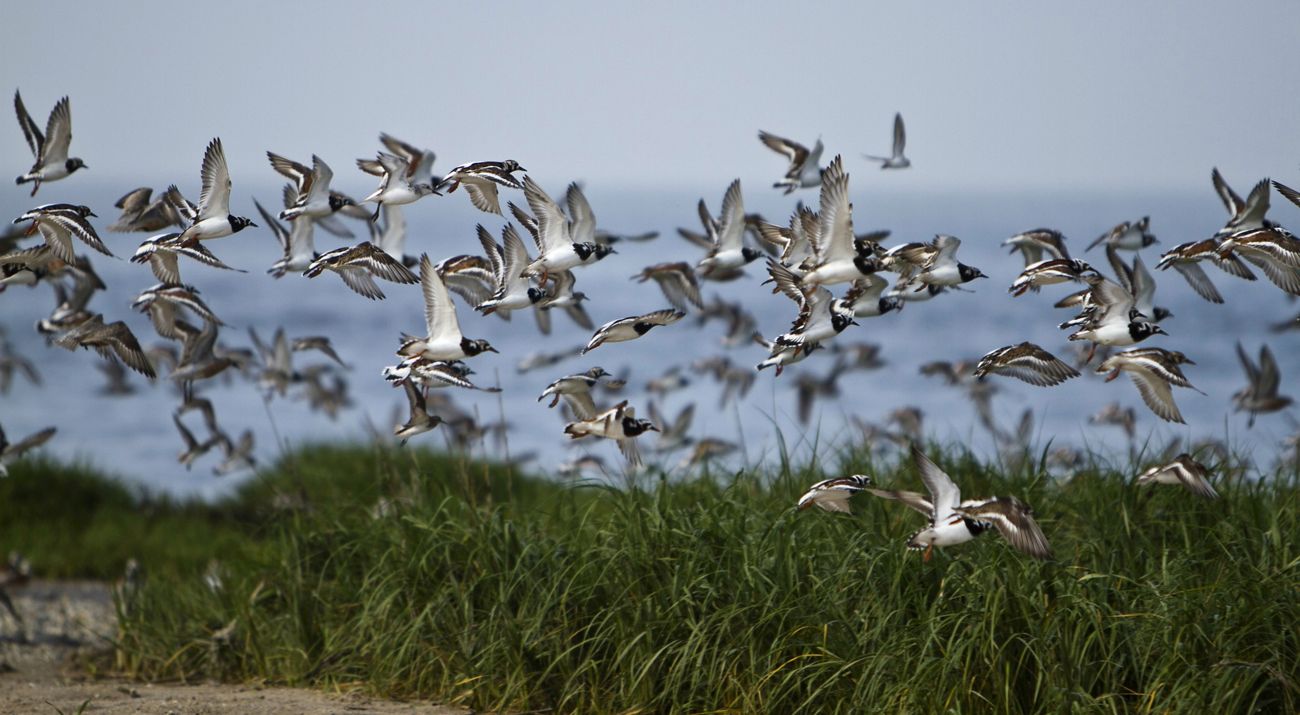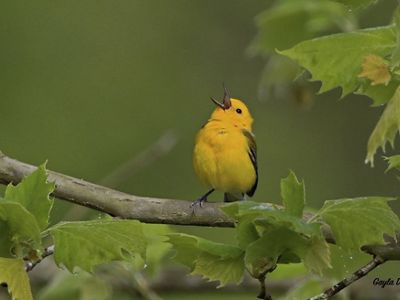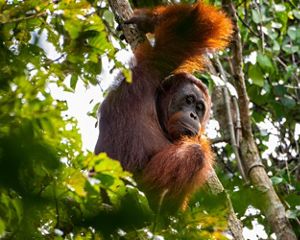
Scott Comings spent much of his childhood exploring Rhode Island’s Block Island, where he now lives and works. He studied ornithology and outdoor education in college and worked as a field researcher for the Smithsonian Migratory Bird Center before joining The Nature Conservancy in 1997. He has been the Rhode Island associate state director since 2014.

Researchers set up stations and record every bird seen and heard over a certain time period. When done repeatedly, we get a time series of what species are breeding or migrating through that area.


We take that information—sometimes decades of data—and then factor in other variables, like weather and habitat change, to build models that illustrate what’s happening to migratory birds’ habitats and flyways. Those models inform decisions that affect birds, such as placement of offshore wind turbines.
Connectivity is a big one. Think about a neotropical songbird: A lot has to go right for a bird that weighs as little as a letter to migrate from Canada to Central America, for example. They have habitat loss and fragmentation of their wintering grounds, cowbirds parasitizing their nests on breeding grounds, and all kinds of obstacles, like light pollution and predators, in between.

Globally, climate change is causing the timing of migrations to shift. What effects are you seeing locally?
Block Island is an important stopover site in the fall, when birds switch from eating insects to fruit. But in recent years, the fruit has ripened and rotted before the birds arrive. We’re not sure what the long-term impacts are, but it’s certainly one more threat to an already imperiled group of species.
What is TNC doing to help?
The Conservancy protects the most
important spots for birds and helps private landowners, governments,
other nonprofits and businesses manage their properties
in ways that
benefit our avian friends. The results will last for generations. I’ve
already been able to help conserve properties that I walked on as a kid,
and now my kids explore them. That’s what makes this work so special.

How You Can Help Birds
Scott's top tips for helping our avian friends.


